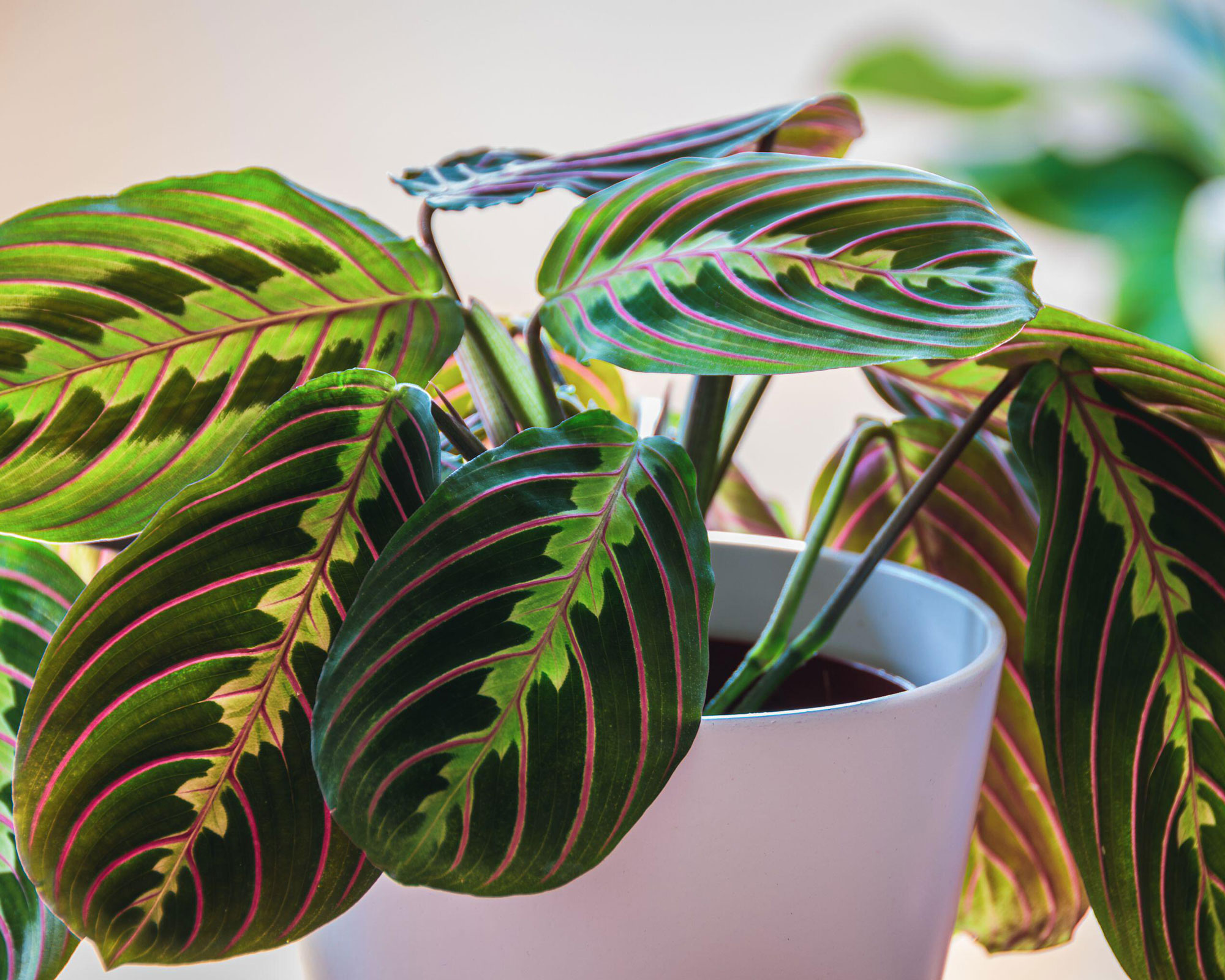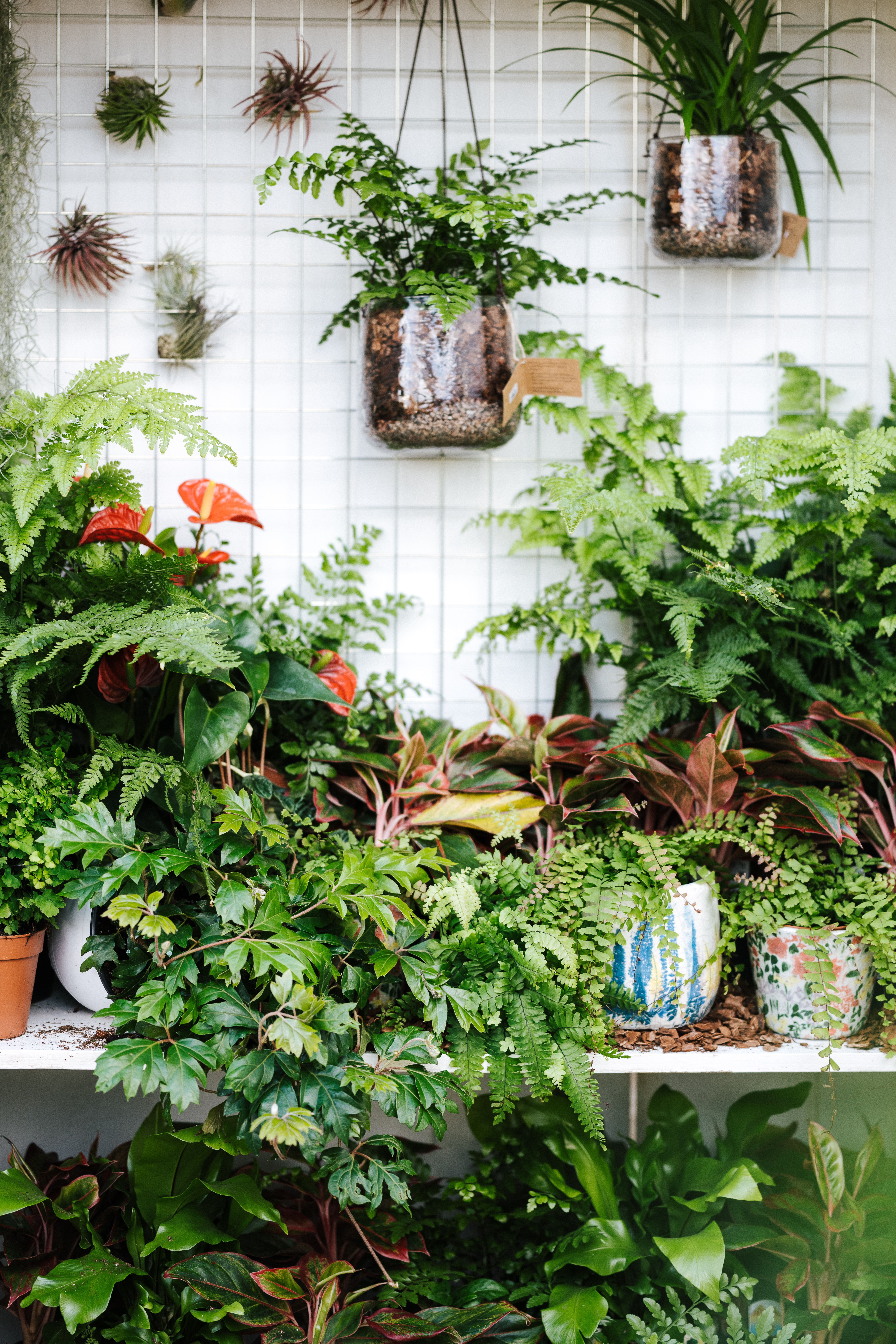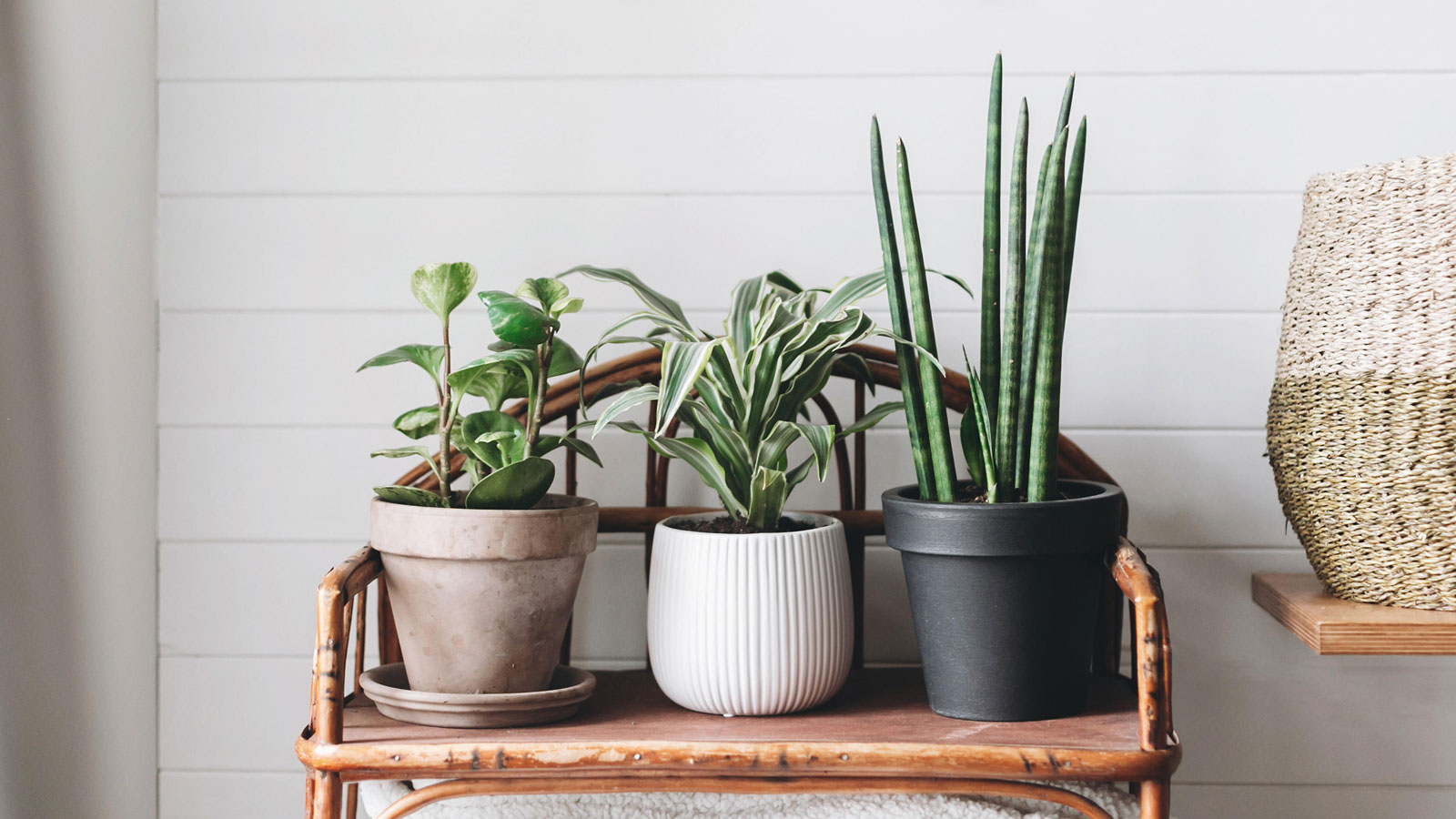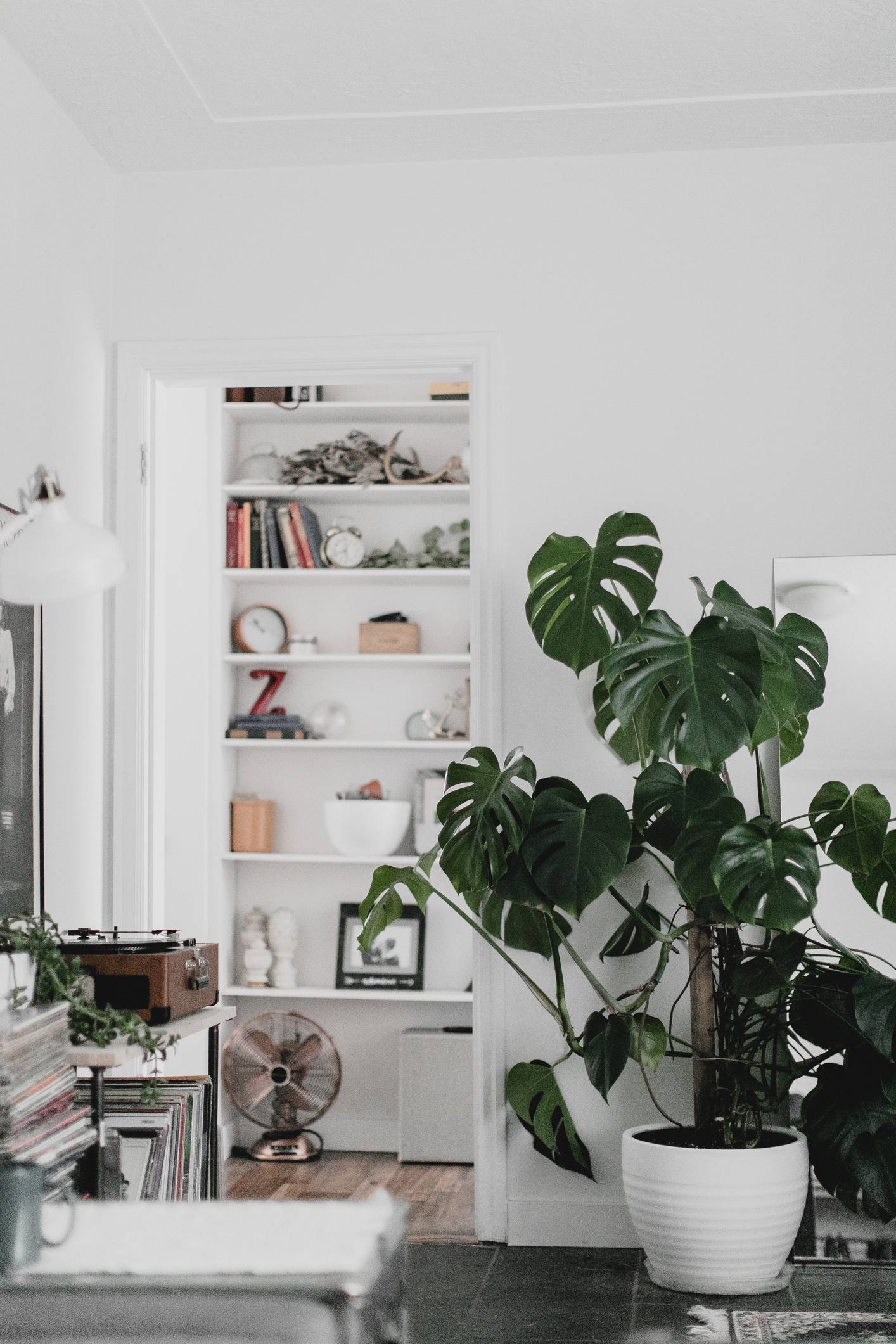Do house plants remove carbon dioxide from homes?
Do plants absorb CO2 from the air in your home? We take a look at the science behind the claim that plants reduce your carbon footprint

The question 'do house plant remove carbon dioxide' has occurred to many house plant enthusiasts. After all, all plants absorb some CO2 in order to live, so surely having house plants in your home will reduce CO2 levels and generally make the air purer?
Among the best indoor plants for reducing carbon dioxide in indoor spaces is the prayer plant or maranta – a plant we've recently written about as one of the best CO2-reducing house plants. It is true that a study has found his plant to be very effective at removing CO2 from an enclosed space of one square meter. But can this or any other plant be equally effective in your home?

Do house plants remove carbon dioxide from your home?

A typical home environment is not like that used in laboratory testing. No room is a sealed container – there is constant exchange of air between the indoors and the outdoors, and CO2 levels in the air in your home will vary dramatically depending on where you live. Moreover, CO2 levels will fluctuate throughout the day, depending on how many people are in a room, whether you're opening the window or not, and other factors.
One blog post records the daily CO2 fluctuations in a typical home and finds that the CO2 level can be as low as 400ppm in a well ventilated space or as high as 1,380 ppm with two people sleeping in a bedroom – 'well over the National Institute for Occupation Safety and Health (NIOSH) limit of 1,000 ppm.'
Now, let's look at a plant's ability to extract CO2 from indoor air. A recent study that takes into account the effects of human activity on the quality of air notes that 'The approximate amount of carbon exhaled by a single human in 1 d is 300 g, whereas the carbon content of 1 L of gasoline is 640 g. In comparison, a single Spathiphyllum in a 15-cm pot grown at a PPF of 20 mmolm–2s–1 fixed 0.8 g C per day, so it would take 400 plants to offset a single human or 845 plants to offset a gasoline use of 1 Ld–1.'
These figures certainly put the claim that house plants reduce CO2 levels in air in perspective. Realistically, you would need hundreds of plants in any one room in your home to compensate the CO2 emissions from just one person. We're not even talking two people, or two people plus the additional CO2 from a busy road next to your home, for example. A single plant will almost certainly not make enough of a difference to the air quality in your house.
- How to care for houseplants, no matter how many you have
Do house plants have any real benefits?

This doesn't mean that you should just give up on having house plants in your home. In fact, there's a very important function even a single house plant can perform in your home – it will improve your mental health, and possibly even your physical health. Numerous reputable studies have shown that just looking a green plants reduces stress and anxiety and improves mood. One study has even found that people who spent time in a room with house plants (patients recovering from surgery, in this case) had lower blood pressure than those who don't have house plants.
Get small space home decor ideas, celeb inspiration, DIY tips and more, straight to your inbox!
So, there is plenty of evidence that the benefits of house plants to our health are real – they just don't do all that much for indoor air quality. If you are concerned about poor indoor air, open the window or get an air purifier with a HEPA filter.
Anna is a professional writer with many years of experience. She has a passion for contemporary home decor and gardening. She covers a range of topics, from practical advice to interior and garden design.